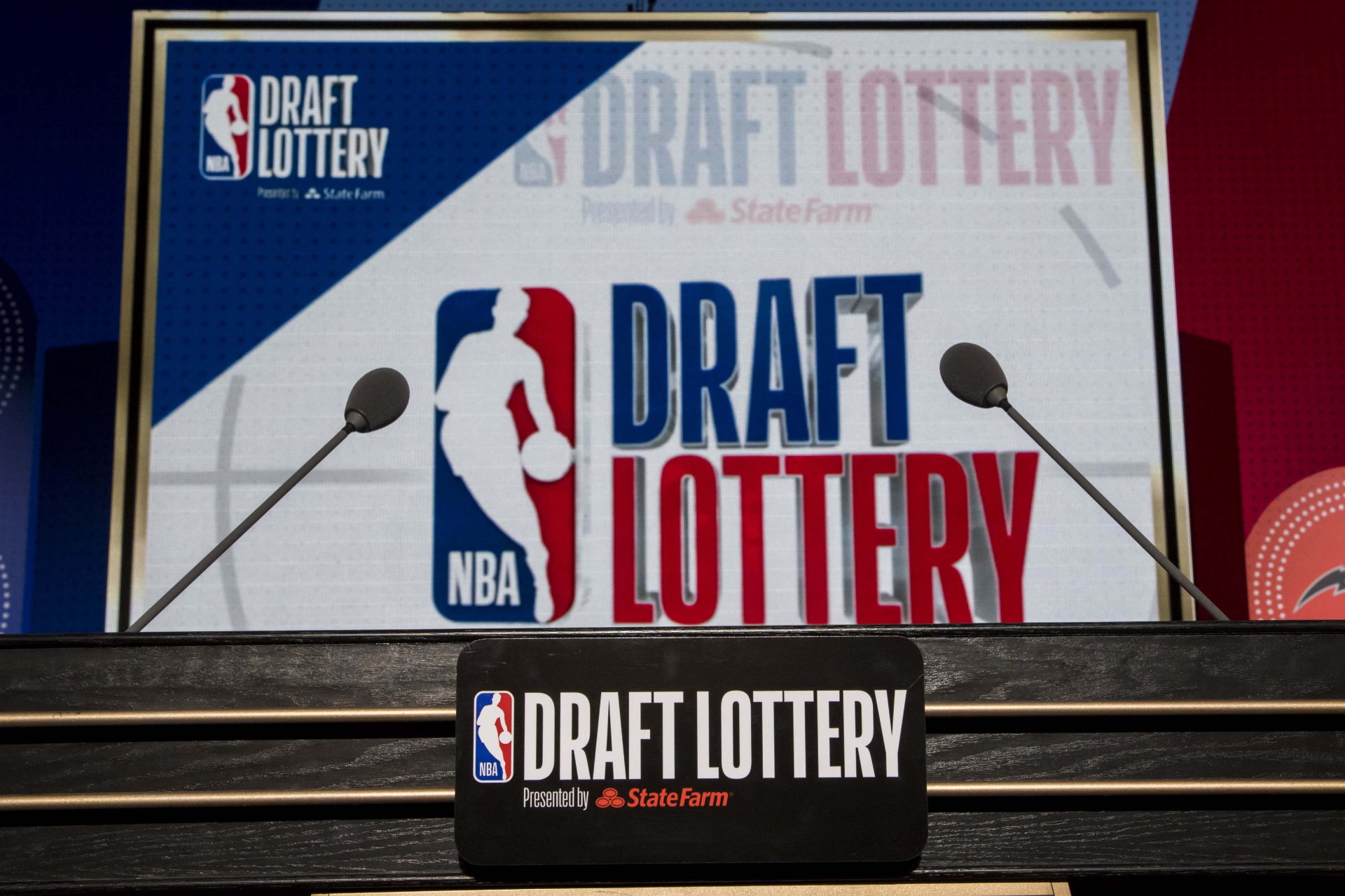College basketball’s elite have developed a new blueprint for career advancement, the simultaneous pursuit of NBA evaluation and transfer portal possibilities. As another draft season unfolds, a growing trend has emerged where athletes are simultaneously declaring for the NBA Draft while entering the transfer portal, creating multiple pathways to their professional dreams.
The basketball landscape has transformed dramatically with NIL deals and transfer freedoms reshaping how players approach career decisions. This dual-track strategy—testing NBA waters while maintaining college options—represents the savvy approach modern athletes must take in an environment where millions of dollars and future prospects hang in the balance.
Playing the Eligibility Game
The misaligned timelines between NBA decisions and transfer opportunities create a compelling reason for this two-pronged approach. With the transfer portal closing on April 22, 2025, but the NBA draft withdrawal deadline extending to June 15, players who skip entering the portal risk being left without options if their draft stock falls.
NEWS: Arkansas freshman guard Boogie Fland is entering the transfer portal, source told @On3sports.
Former McDonalds All-American and previously the No. 1 ranked point guard coming out of high school. https://t.co/zlLoDxogZz pic.twitter.com/TJ3IomPMXk
— Joe Tipton (@TiptonEdits) April 22, 2025
Arkansas guard Boogie Fland represents a prominent example of this dual-track approach. The talented 6-foot-2 freshman entered the transfer portal after declaring for the 2025 NBA Draft, creating flexibility after an injury-shortened season. Despite missing games, Fland impressed with averages of 13.5 points, 5.1 assists, and 3.2 rebounds while shooting 34% from three-point range.
Drake’s Bennett Stirtz exemplifies this strategy perfectly in 2025. The Missouri Valley Conference Player of the Year, averaging over 20 points per game, entered both the transfer portal and declared for the NBA Draft. He’s since transferred to Iowa but maintains his draft eligibility until the June withdrawal deadline.
Similarly, St. John’s RJ Luis Jr., the Big East Player of the Year (18.2 PPG, 7.2 RPG) entered the portal and declared for the draft simultaneously. This dual-entry approach preserves multiple pathways as he navigates the crucial pre-draft evaluation process while securing collegiate options.
Clemson’s Ian Schieffelin demonstrates another dimension of these strategic decisions. Despite seemingly exhausting his eligibility, the forward (10.9 PPG, 9.7 RPG) entered the portal anticipating potential rule changes from the pending House v. NCAA settlement that could extend his college career, keeping all possibilities open.
The Financial Calculation
NIL deals have fundamentally changed the equation. Lucrative endorsement opportunities now make returning to college financially competitive with late second-round NBA contracts that offer minimal guarantees. This economic reality gives players leverage they never previously possessed.
High-profile transfers like Donovan Dent to UCLA and Kam Williams to Kentucky often pair portal moves with draft declarations to maximize NIL opportunities if they return. These strategic maneuvers allow players to test their professional market value while potentially increasing their collegiate earning power.
Top prospects leveraging both options can significantly boost their earnings potential. By transferring to programs with larger fanbases and national visibility, players can enhance both their NIL value and draft prospects simultaneously, turning what was once a purely athletic decision into a complex business calculation.
The transfer portal itself has become a marketplace where top performers can dramatically improve their situations. Players like Yaxel Lendeborg (transferring from UAB to Michigan) and PJ Haggerty (headed to Memphis) use the portal to join programs that better showcase their talents for NBA scouts.
KEEP READING: Why Today’s College Basketball Players Might Never Go Pro — And Still Get Paid Like It
The dual-track strategy represents the new normal in college basketball’s evolving landscape. As long as the draft process remains filled with uncertainty and college options continue offering competitive financial incentives, expect more players to keep one foot in each world, maximizing their leverage while safeguarding their futures against the unpredictability of professional basketball dreams.
College Sports Network has you covered with the latest news, analysis, insights, and trending stories in football, men’s basketball, women’s basketball, and baseball!


